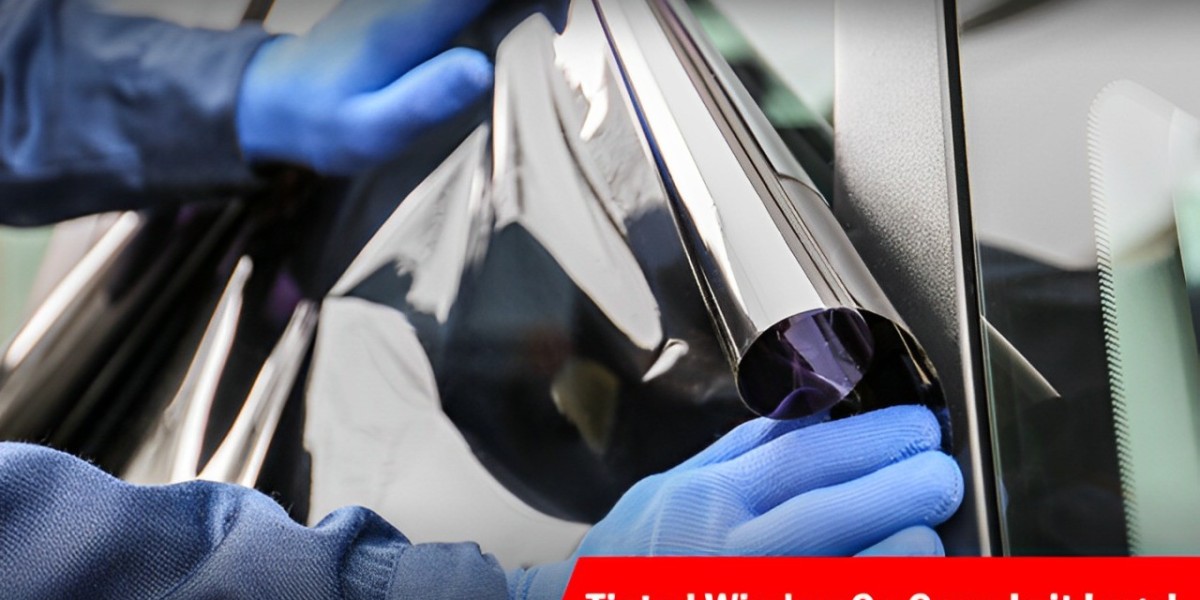The Digital Battlefield of SEO & SEM Campaigns
Imagine you’ve built a brilliant product or offered an unmatched service—but no one knows. That’s the reality many businesses face when their online visibility falls short. In a digital world where competition is fierce and attention spans are fleeting, strategic SEO & SEM campaigns can be the difference between obscurity and success.
Whether you're a growing startup or a thriving enterprise, mastering SEO & SEM campaigns isn't just beneficial—it's necessary. These are not just marketing tactics; they are growth accelerators that, when executed well, deliver unbeatable ROI.
What Are SEO & SEM Campaigns?
Before we dive into the how-to, let’s get clear on the what.
SEO (Search Engine Optimization)
SEO focuses on driving organic (unpaid) traffic by optimizing your website content, structure, and authority. It’s the long-term play—building trust, credibility, and organic reach over time.
SEM (Search Engine Marketing)
SEM includes paid strategies like Pay-Per-Click (PPC) ads. Think of Google Ads that appear at the top of a search result. SEM delivers instant visibility—ideal for time-sensitive campaigns or when you're breaking into a competitive space.
When you combine these two, you create an omnipresent search strategy that drives both immediate and lasting impact.
The Power of Integrated SEO & SEM Campaigns
You might be wondering: should I focus on SEO or SEM?
The real magic happens when you use both. An integrated approach leverages the strengths of each:
- SEO builds authority over time.
- SEM brings immediate visibility while your SEO gains traction.
- Together, they cover all phases of the customer journey—from awareness to conversion.
This strategy is especially powerful in industries where trust, visibility, and relevance are key.
Crafting Winning SEO & SEM Campaigns: A Step-by-Step Guide
Let’s break down exactly how to plan and execute SEO & SEM campaigns that deliver measurable results.
Step 1: Define Clear Goals
Start by asking, “What does success look like?”
- Is it brand awareness?
- Lead generation?
- Product sales?
- Increased traffic?
Be specific. Your goals will guide your campaign strategy, targeting, content, and budget.
Step 2: Conduct Deep Keyword Research
Every search campaign begins with understanding what your audience is searching for.
Use tools like:
- Google Keyword Planner (great for SEM)
- Ahrefs or SEMrush (for SEO)
- AnswerThePublic (for content ideas)
Look for:
- High-volume, low-competition keywords (great for SEO)
- Commercial intent keywords (great for SEM)
Pro tip: Use SEM insights to boost your SEO strategy. Paid campaign data often reveals high-converting keywords you can target organically.
Step 3: Segment and Target Your Audience
Great SEO & SEM campaigns speak directly to their audience’s needs and pain points.
Segment by:
- Location
- Age
- Behavior
- Interests
- Search intent (informational vs transactional)
This will help you craft compelling content and ads tailored to different buyer personas.
Step 4: Build a High-Quality SEO Foundation
SEO isn't just about keywords—it’s about user experience.
Focus on:
- On-page SEO: Title tags, meta descriptions, headers, image alt text
- Content quality: Informative, well-structured, and user-focused
- Technical SEO: Fast loading, mobile-friendly, secure (HTTPS)
- Internal linking: Connect related pages to enhance navigation
- Backlinks: Earn links from credible websites to boost domain authority
Step 5: Launch Smart SEM Campaigns
Now, let’s talk about the paid side of the equation.
Use Google Ads or Bing Ads to create campaigns based on your goals:
- Search ads for direct queries
- Display ads for brand awareness
- Shopping ads for eCommerce
- Retargeting ads for lost visitors
Optimize for:
- Click-through rate (CTR)
- Quality Score
- Conversion Rate
- Cost-per-click (CPC)
Set realistic daily budgets and monitor performance frequently.
Step 6: Create Conversion-Driven Landing Pages
Your campaigns drive traffic—now you need to convert it.
Landing pages should:
- Match user intent
- Include a compelling headline
- Offer a clear value proposition
- Feature social proof (testimonials, reviews)
- End with a strong call to action (CTA)
Avoid clutter. Keep it focused and frictionless.
Step 7: Analyze & Optimize Continuously
The real winners in SEO & SEM campaigns are the ones who never stop testing.
Track metrics like:
- Organic traffic (via Google Analytics)
- Ad performance (via Google Ads dashboard)
- Conversion rates
- Bounce rates
- ROI
A/B test ad copy, landing pages, and even CTA buttons. The more you test, the more you know what resonates.
Real-Life Case Study: From Zero to Hero in 90 Days
Let’s bring this to life.
A SaaS startup launched both SEO & SEM campaigns to increase signups. They targeted low-competition keywords for their SEO blog strategy and ran PPC ads for high-intent terms.
Results after 3 months:
- Organic traffic up 240%
- Paid ads brought in 1,100 qualified leads
- Combined ROI: 370%
The lesson? A well-aligned strategy pays—literally.
Avoid These Common Pitfalls
Even the best marketers make mistakes. Here’s what to watch out for:
- Ignoring mobile optimization: Over 60% of searches are mobile
- Keyword stuffing: Hurts SEO and user experience
- Weak landing pages: You’ll waste ad budget
- Poor budget allocation: Balance between brand awareness and conversions
- Not syncing SEO & SEM teams: They should collaborate, not compete
Emotional Intelligence in SEO & SEM Campaigns
Here’s something rarely talked about: emotion.
Great campaigns evoke feeling. Whether it’s urgency, trust, or excitement—emotion fuels clicks and conversions.
Use storytelling in your SEO blogs. Use power words in your ad headlines. Show real customer stories and testimonials.
That human touch builds credibility—and in the age of AI, authenticity wins.
Future Trends in SEO & SEM Campaigns
Stay ahead by keeping an eye on emerging trends:
- AI-Powered Ad Automation: Smarter bidding, audience targeting
- Voice Search Optimization: More people are asking Siri and Alexa
- Video Content in Search: YouTube is the second largest search engine
- Zero-Click Searches: Optimize for featured snippets and knowledge panels
- Privacy & Cookie-Free Targeting: Focus on first-party data
The landscape is evolving. The key? Stay flexible and innovative.
Also Read:
- Why Website Updates & Maintenance Are Crucial for SEO Success
- Advanced SEO and SEM Strategies for Better Google Rankings
- Boost Google Rankings with Effective SEO and SEM Tactics
- Complete SEO Guide to Rank Higher in Search Results
- How to Use SEO and SEM to Improve Google Conversion Rates
Final Thoughts: Strategy + Consistency = Success
Winning SEO & SEM campaigns aren’t built overnight. They’re a blend of strategy, creativity, consistency, and constant optimization.
Think of it as a journey—one where data guides you, creativity fuels you, and authenticity wins trust.
If you’re serious about growth, there’s no better time to get started.
Frequently Asked Questions About SEO & SEM Campaigns
1. What is the difference between SEO and SEM?
SEO focuses on organic traffic through unpaid methods, while SEM includes paid advertising like PPC to boost visibility.
2. Why combine SEO & SEM campaigns?
Combining both provides immediate visibility (SEM) and long-term authority (SEO), maximizing overall results and ROI.
3. How long does it take for SEO to show results?
Typically, SEO takes 3 to 6 months to show measurable improvements in rankings and traffic.
4. Is SEM effective for small businesses?
Yes, SEM offers fast visibility and can be budget-friendly when targeting the right keywords and audience.
5. What tools help manage SEO & SEM campaigns?
Top tools include Google Ads, Google Analytics, SEMrush, Ahrefs, Moz, and Ubersuggest.
6. What is a good ROI for SEO & SEM campaigns?
While it varies by industry, a good ROI is typically 200%–500%, especially when campaigns are well-optimized.
7. Should I do SEO or SEM first?
Start with SEM for immediate results while building your SEO for long-term sustainability.
8. What’s the role of landing pages in SEM?
Landing pages are crucial for conversions—they should match the ad’s intent and provide a clear CTA.
9. How often should I optimize my SEO & SEM campaigns?
Regularly. Review performance weekly and optimize monthly for best results.
10. Can I manage campaigns myself or hire an agency?
Both are options. DIY is possible with the right tools and knowledge, but agencies bring expertise and save time.









